Home>Furniture & Design>Outdoor Furniture>How To Clean An Outdoor Drain
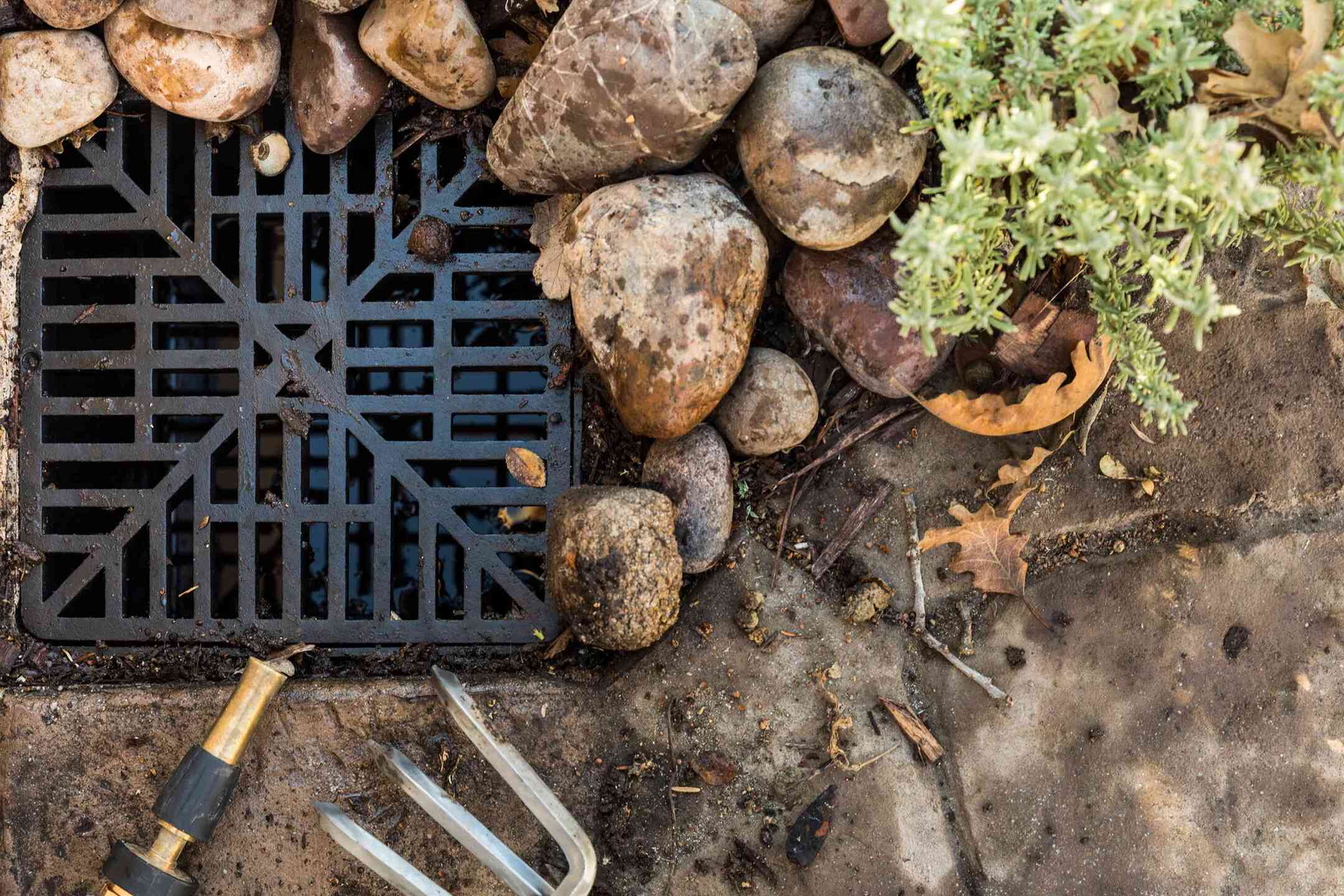

Outdoor Furniture
How To Clean An Outdoor Drain
Published: January 14, 2024
Learn how to effectively clean your outdoor drain and prevent clogs with our expert tips. Keep your outdoor furniture and design looking fresh and functional!
(Many of the links in this article redirect to a specific reviewed product. Your purchase of these products through affiliate links helps to generate commission for Storables.com, at no extra cost. Learn more)
Introduction
Maintaining a clean and functional outdoor drain is essential for the overall well-being of your outdoor space. Whether it's the patio, deck, or garden, a clogged drain can lead to standing water, which not only poses a safety hazard but can also cause damage to the surrounding area. Fortunately, keeping your outdoor drain clear is a relatively straightforward task that can be accomplished with a few simple tools and some elbow grease.
In this comprehensive guide, we will walk you through the step-by-step process of cleaning an outdoor drain, from gathering the necessary tools and materials to preventing future clogs. By following these easy-to-implement techniques, you can ensure that your outdoor drain remains free-flowing and in optimal condition, allowing you to fully enjoy your outdoor living space without the worry of drainage issues. So, let's roll up our sleeves and dive into the world of outdoor drain maintenance!
Key Takeaways:
- Keep your outdoor drain clear and free-flowing by using simple tools like a plunger, baking soda, and a water hose. Regular maintenance and preventive measures can help prevent future clogs and ensure optimal drainage.
- Don’t let a clogged outdoor drain ruin your outdoor space! Gather your tools, clear debris, flush with water, and use preventive measures to keep your drain clean and functional for a hassle-free outdoor experience.
Read more: How To Drain Outdoor Shower
Tools and Materials Needed
Before embarking on the task of cleaning your outdoor drain, it’s essential to gather the necessary tools and materials. Here’s what you’ll need:
- Gloves: A sturdy pair of gloves will protect your hands from debris and grime as you work on clearing the drain.
- Safety goggles: To shield your eyes from any splashing water or debris during the cleaning process.
- Plunger: A standard household plunger can be effective in dislodging minor clogs from the drain.
- Bucket: For collecting debris and water that may emerge during the cleaning process.
- Plumbing snake or auger: This tool is useful for dislodging stubborn clogs that a plunger can’t clear.
- Water hose: A high-pressure water source, such as a garden hose, is essential for flushing out the drain after removing debris.
- Baking soda and vinegar: These common household items can be used to create a natural cleaning solution to help break down organic matter and eliminate odors from the drain.
- Cleaning brush: A stiff-bristled brush or an old toothbrush can be handy for scrubbing the drain cover and surrounding area.
- Protective mask: If the drain is heavily clogged and emits foul odors, a protective mask can help prevent inhalation of unpleasant fumes.
By having these tools and materials at your disposal, you’ll be well-equipped to tackle the task of cleaning your outdoor drain effectively and efficiently.
Clearing Debris from the Drain
Once you’ve gathered the necessary tools and materials, it’s time to roll up your sleeves and begin the process of clearing debris from your outdoor drain. Follow these steps to effectively remove any accumulated grime and obstructions:
- Remove the drain cover: Depending on the type of drain you have, you may need to unscrew the cover or simply lift it off. Use your gloves to handle the cover, as it may be covered in dirt and debris.
- Inspect and remove visible debris: Take a moment to visually inspect the drain and remove any visible debris such as leaves, twigs, or dirt that may be obstructing the flow of water. Place the removed debris into a bucket for disposal.
- Use a plunger: If the drain is still clogged after removing visible debris, you can use a plunger to dislodge the obstruction. Create a tight seal around the drain opening with the plunger and use a vigorous pumping motion to help dislodge the clog.
- Utilize baking soda and vinegar: For stubborn clogs or to freshen up the drain, you can pour a mixture of baking soda and vinegar down the drain. Let it sit for a few minutes to fizz and break down any organic matter, then flush the drain with hot water.
- Scrub the drain cover: Use a cleaning brush or an old toothbrush to scrub the drain cover and surrounding area, removing any residual grime and buildup. This will help improve the overall cleanliness and appearance of the drain.
By diligently following these steps, you can effectively clear debris from your outdoor drain, restoring proper water flow and preventing potential drainage issues.
Flushing the Drain with Water
Once you have cleared the visible debris and dislodged any minor clogs, the next crucial step in cleaning your outdoor drain is to thoroughly flush it with water. This process helps to ensure that any remaining residue and loose particles are washed away, leaving the drain clear and free-flowing. Follow these steps to effectively flush the drain with water:
- Retrieve a water hose: Position yourself near the drain with a water hose in hand. If a water hose is not readily available, a bucket of water can be used, although a hose with high water pressure is more effective.
- Direct the water into the drain: Position the nozzle of the water hose directly over the drain opening and turn on the water supply. If using a bucket, pour the water directly into the drain to create a flushing effect.
- Apply high water pressure: If using a hose, adjust the water flow to a high-pressure setting to ensure a forceful stream of water enters the drain. This will help dislodge any remaining debris and carry it away through the drainage system.
- Observe the water flow: As the water rushes through the drain, observe the flow and ensure that it is unobstructed. If the water appears to be backing up or draining slowly, there may still be a partial obstruction that requires further attention.
- Repeat if necessary: If the initial flushing does not result in a clear and unobstructed drain, repeat the process multiple times to ensure thorough cleaning and removal of any remaining debris.
By diligently flushing the drain with water, you can effectively remove any lingering residue and ensure that the drain is free from obstructions, promoting optimal drainage and preventing future clogs.
Regularly pour boiling water down the outdoor drain to help dissolve and flush away any built-up debris and prevent clogs.
Using a Drain Snake or Auger
If the outdoor drain remains partially or completely clogged after clearing visible debris and flushing it with water, employing a drain snake or auger can be an effective solution. These tools are designed to reach deep into the drain and dislodge stubborn obstructions that may be impeding the flow of water. Follow these steps to utilize a drain snake or auger for clearing the drain:
- Select the appropriate tool: Choose a drain snake or auger that is suitable for the size and type of your outdoor drain. There are manual and electric options available, so select the one that best fits your needs.
- Insert the tool into the drain: Carefully insert the end of the drain snake or auger into the drain opening, ensuring that it advances smoothly and does not encounter resistance from the obstruction.
- Rotate or crank the tool: Depending on the type of tool you are using, follow the manufacturer’s instructions to rotate the snake or crank the auger. This action helps the tool navigate through the drain and dislodge the clog.
- Apply gentle pressure: As you maneuver the tool through the drain, apply gentle and consistent pressure to help it navigate around bends and obstacles. Avoid using excessive force, as this may damage the drain pipes.
- Retract the tool: Once you have reached the obstruction, carefully retract the drain snake or auger while maintaining a steady motion. This action helps to dislodge the clog and pull it out of the drain.
- Flush the drain with water: After using the drain snake or auger, flush the drain with water once again to ensure that any dislodged debris is fully removed and the drain is clear.
By utilizing a drain snake or auger, you can effectively tackle stubborn clogs in your outdoor drain, restoring proper water flow and preventing potential drainage issues.
Read more: How To Drain An Outdoor Faucet
Preventing Future Clogs
After successfully clearing and cleaning your outdoor drain, it’s important to implement preventive measures to minimize the likelihood of future clogs. By taking proactive steps to maintain the cleanliness and functionality of the drain, you can enjoy a hassle-free outdoor living space. Consider the following strategies to prevent future clogs:
- Regular maintenance: Schedule routine inspections and cleaning sessions for your outdoor drain. By consistently removing debris and buildup, you can prevent obstructions from forming and ensure optimal water flow.
- Install a drain cover: Place a sturdy and appropriately sized drain cover over the drain opening to prevent leaves, twigs, and other debris from entering and causing clogs. Ensure that the cover is securely in place and inspect it periodically for any accumulation of debris.
- Flush with hot water: Periodically flush the drain with hot water to help dissolve and dislodge any organic matter that may be accumulating within the pipes. Hot water can help prevent the buildup of grease and other substances that contribute to clogs.
- Utilize enzymatic cleaners: Consider using enzymatic drain cleaners on a regular basis to break down organic material and maintain the cleanliness of the drain. These cleaners contain beneficial bacteria that consume organic waste, reducing the likelihood of clogs.
- Trim surrounding vegetation: Keep the area around the outdoor drain clear of overhanging branches, bushes, and other vegetation that can shed leaves and debris. Regularly trim and maintain the surrounding greenery to minimize the introduction of organic matter into the drain.
- Monitor water flow: Periodically observe the water flow through the drain to ensure that it is unobstructed. If you notice any signs of slow drainage or standing water, take prompt action to investigate and address potential issues.
By incorporating these preventive measures into your outdoor drain maintenance routine, you can significantly reduce the risk of future clogs and maintain a smoothly functioning drainage system.
Conclusion
Cleaning and maintaining your outdoor drain is a fundamental aspect of preserving the functionality and aesthetics of your outdoor living space. By following the step-by-step techniques outlined in this guide, you can effectively clear debris, flush the drain, and address stubborn clogs, ensuring that your outdoor drain remains free-flowing and unobstructed.
From gathering the necessary tools and materials to implementing preventive measures, each step plays a crucial role in promoting optimal drainage and preventing potential issues. By investing time and effort into the maintenance of your outdoor drain, you can enjoy a clean, safe, and visually appealing outdoor environment, free from the disruptions caused by clogged drains and standing water.
Remember, regular maintenance and proactive care are key to preserving the integrity of your outdoor drain. By incorporating the preventive strategies outlined in this guide into your maintenance routine, you can minimize the risk of future clogs and ensure that your outdoor drain continues to function smoothly for years to come.
With a well-maintained outdoor drain, you can fully embrace the outdoor living experience, whether it’s hosting gatherings on the patio, tending to your garden, or simply relaxing in your outdoor oasis. By taking the necessary steps to keep your outdoor drain clear and functional, you can enhance the overall enjoyment and usability of your outdoor space.
So, armed with the knowledge and techniques provided in this guide, you can confidently tackle the task of cleaning and maintaining your outdoor drain, ensuring that it remains a seamless and integral part of your outdoor environment.
Frequently Asked Questions about How To Clean An Outdoor Drain
Was this page helpful?
At Storables.com, we guarantee accurate and reliable information. Our content, validated by Expert Board Contributors, is crafted following stringent Editorial Policies. We're committed to providing you with well-researched, expert-backed insights for all your informational needs.
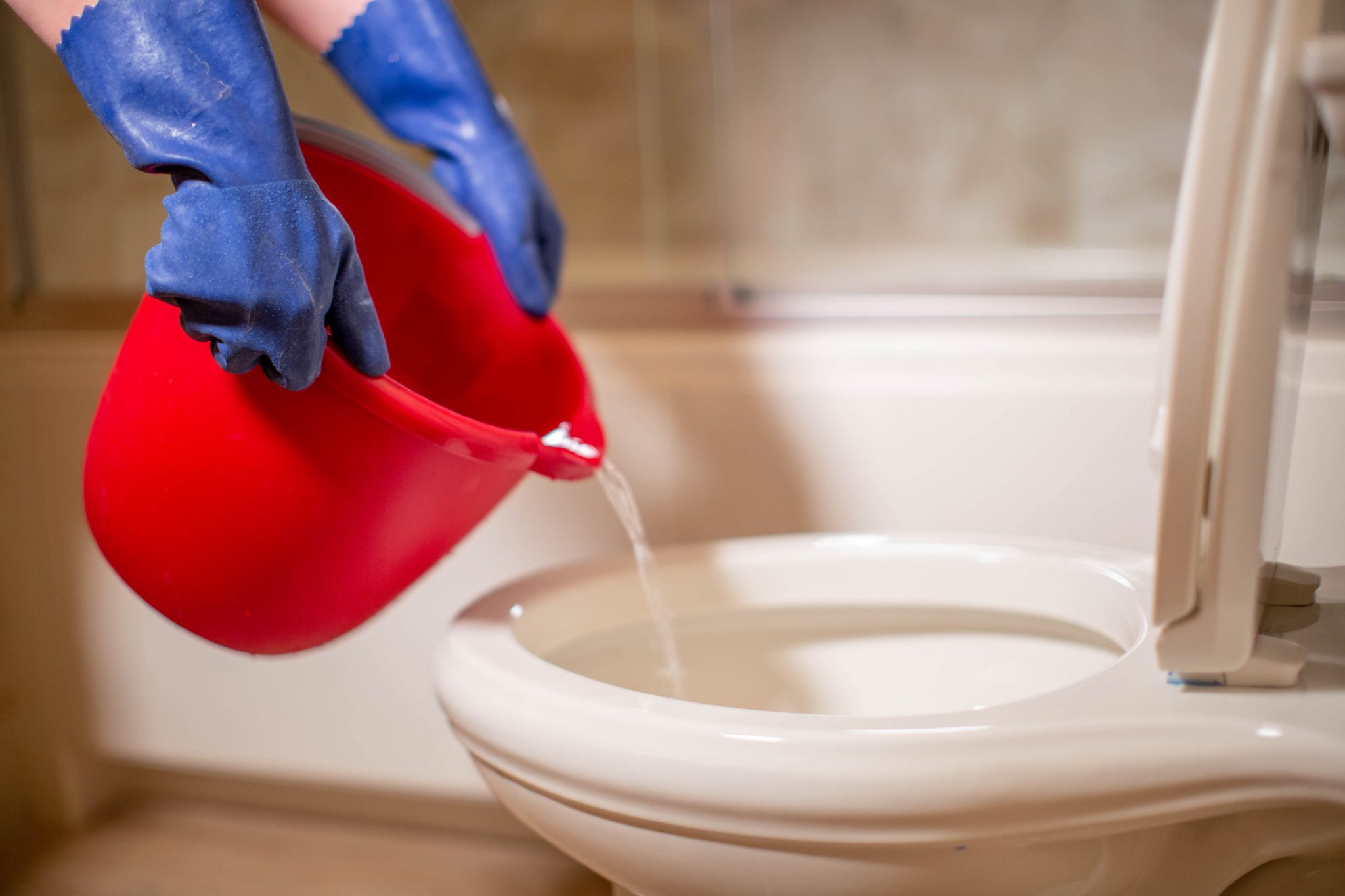
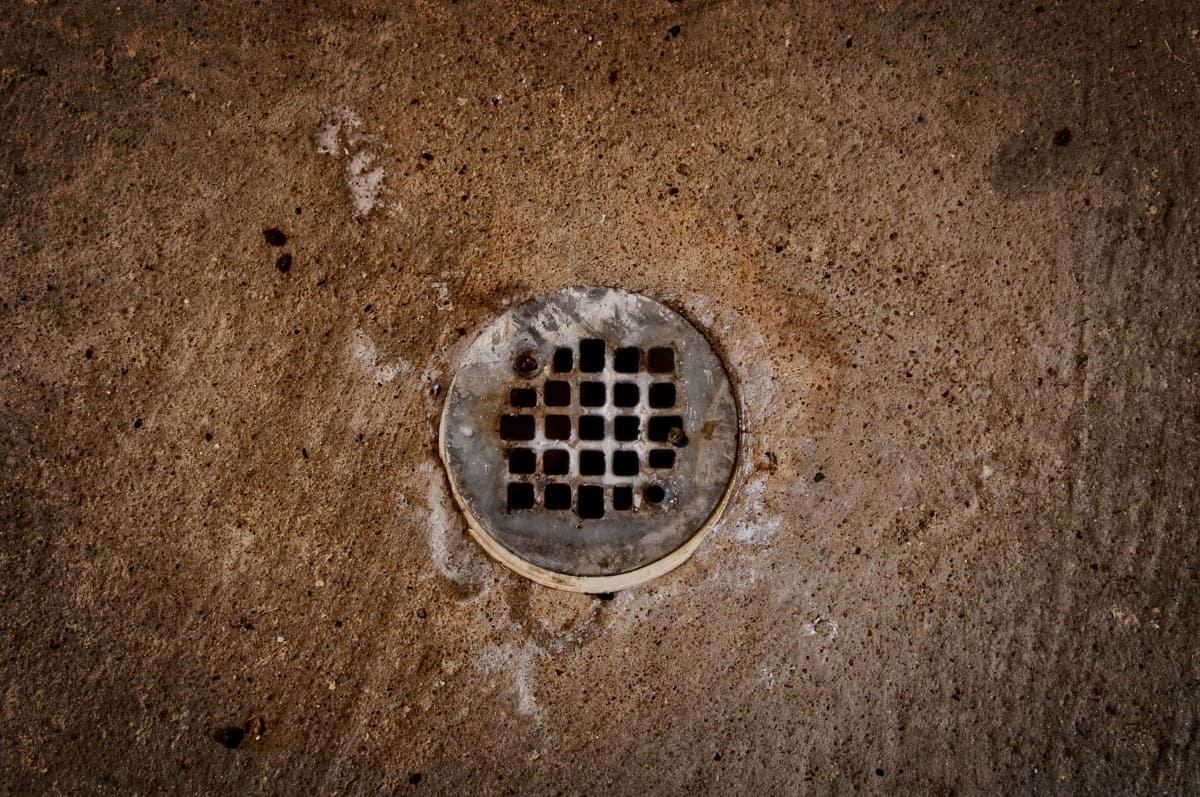
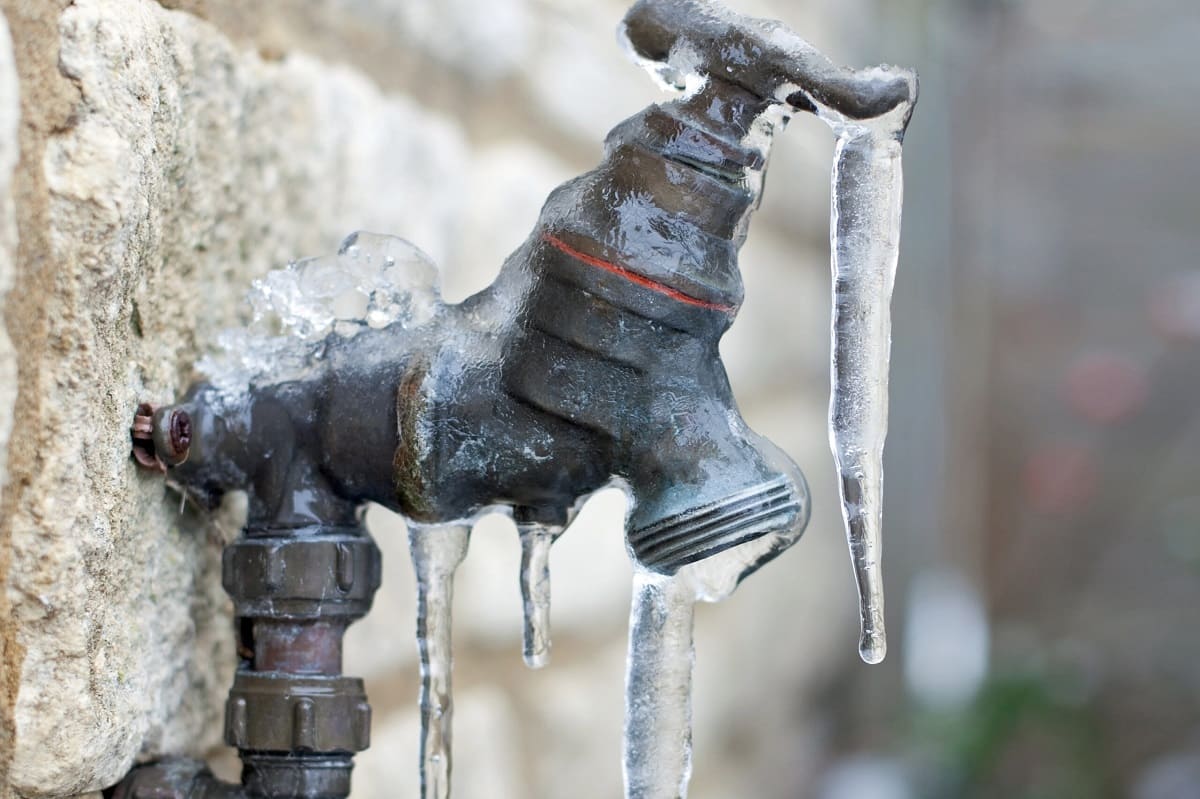
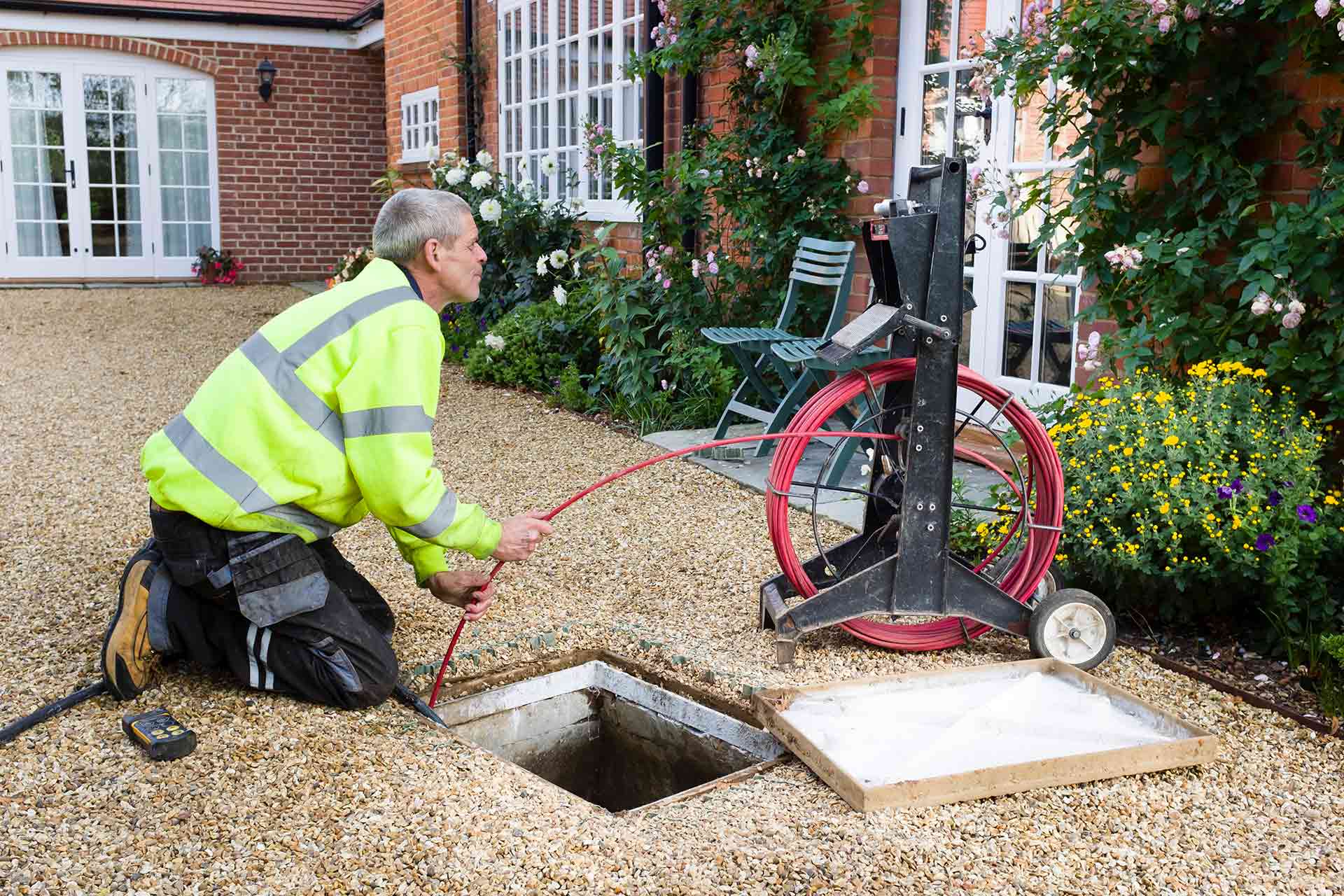
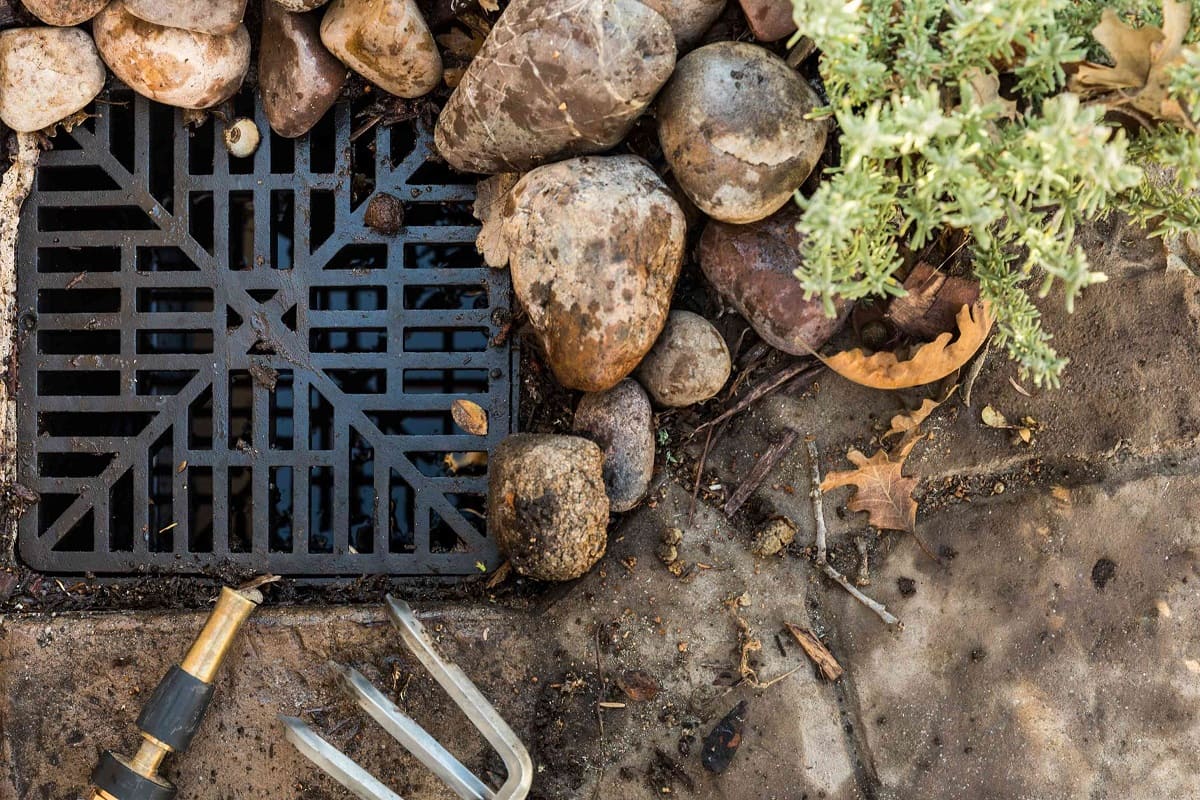
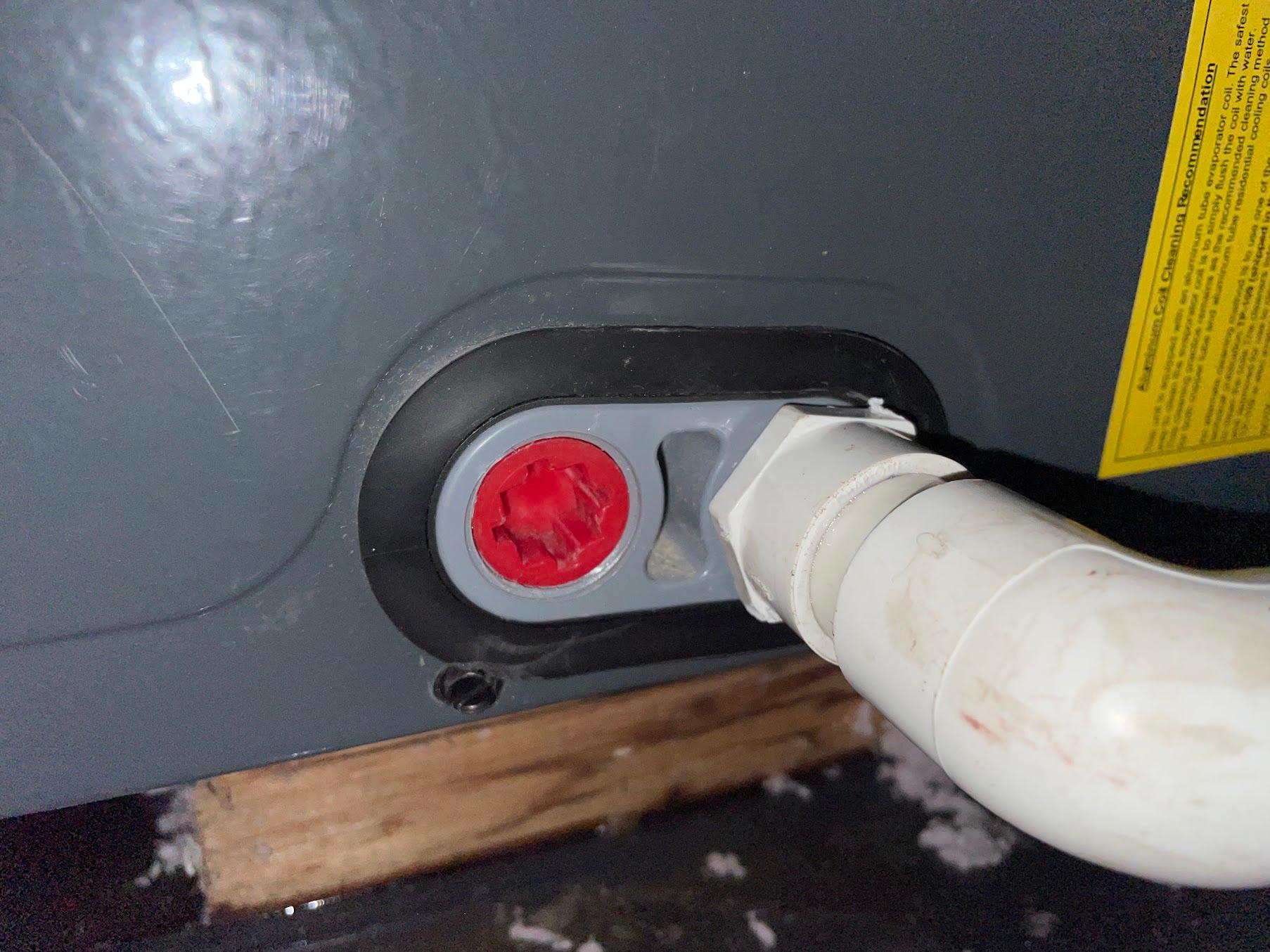
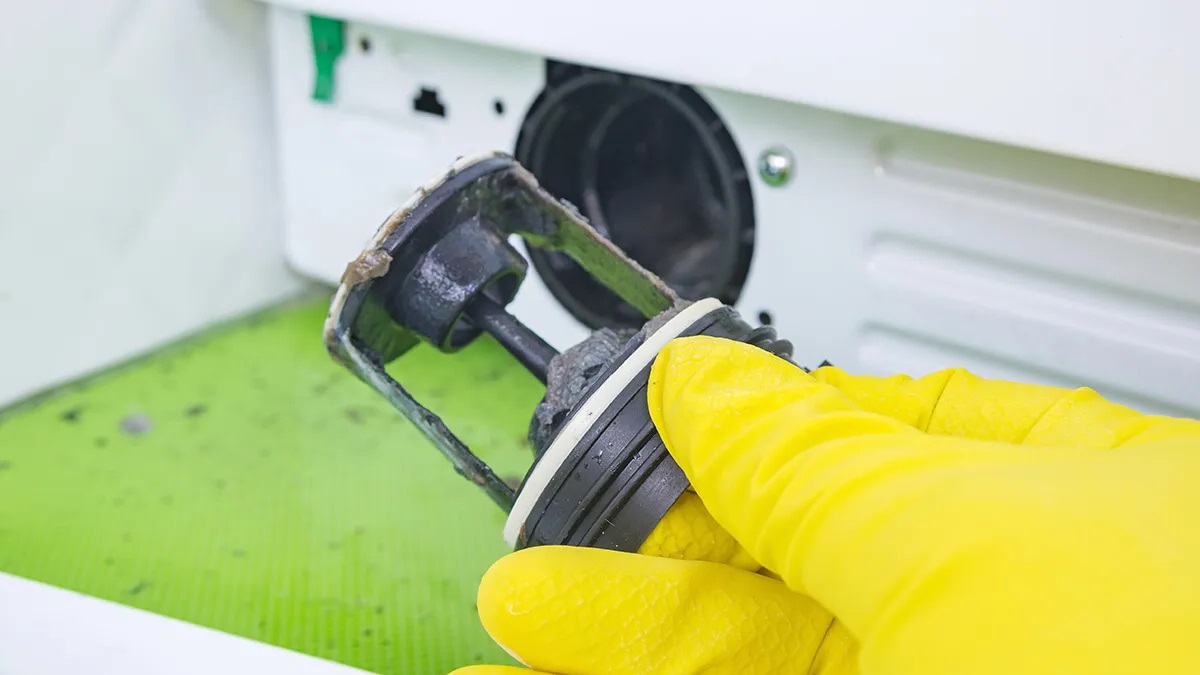
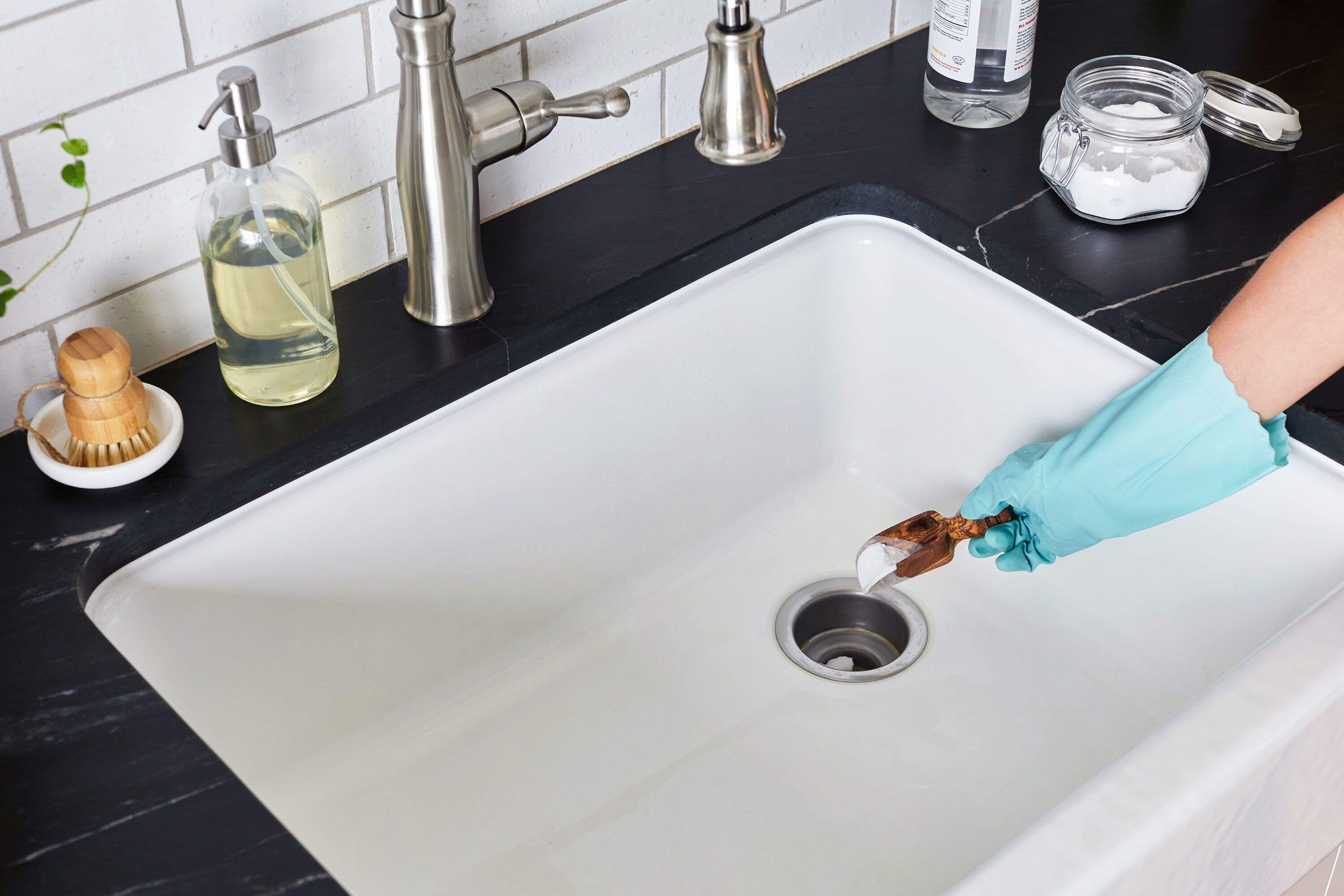
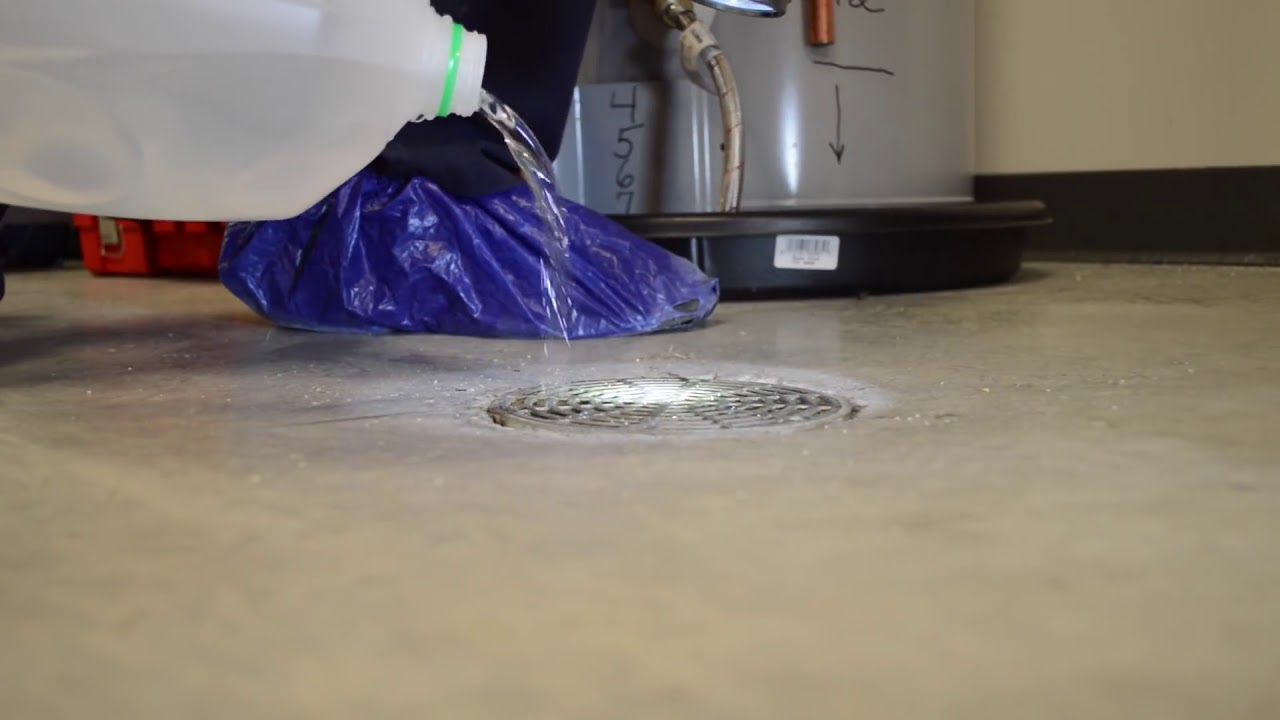
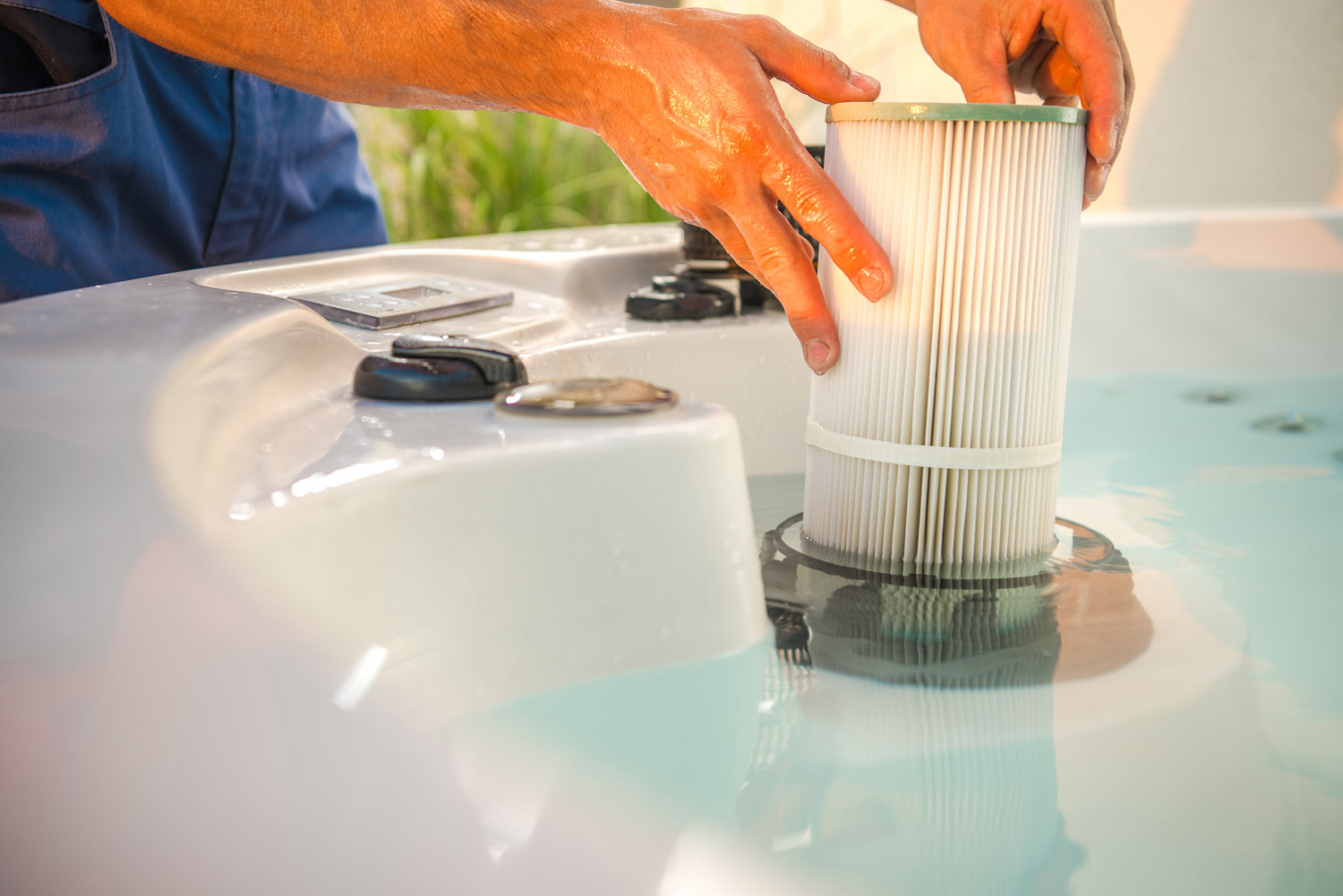
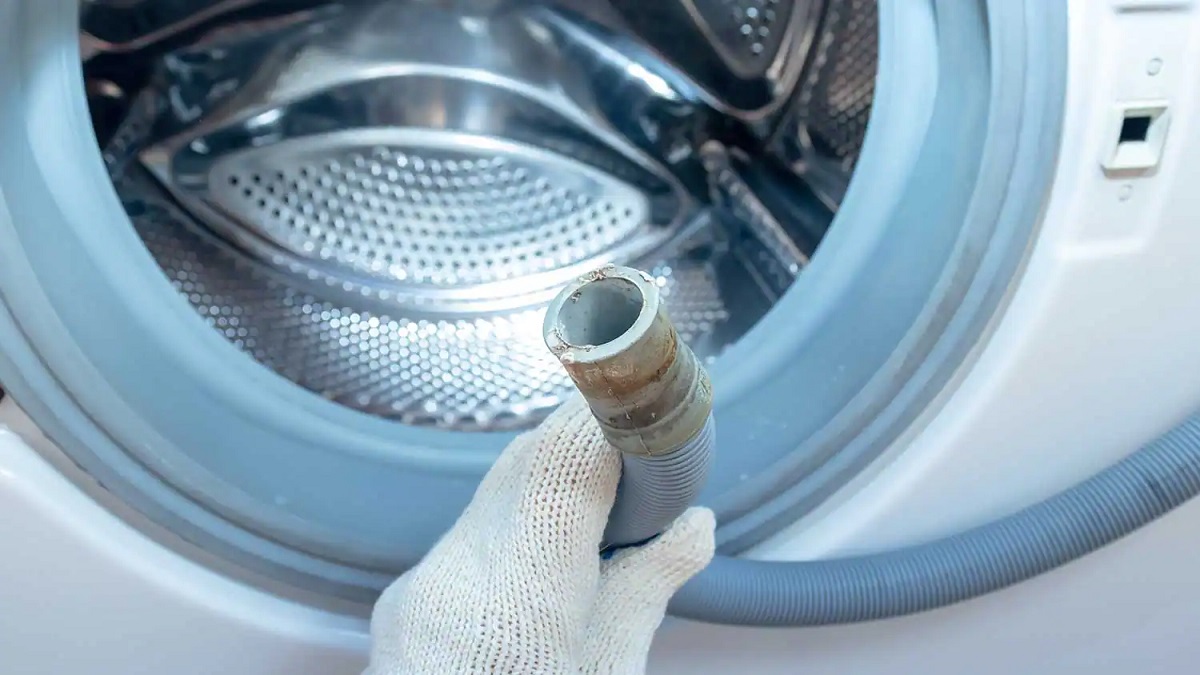
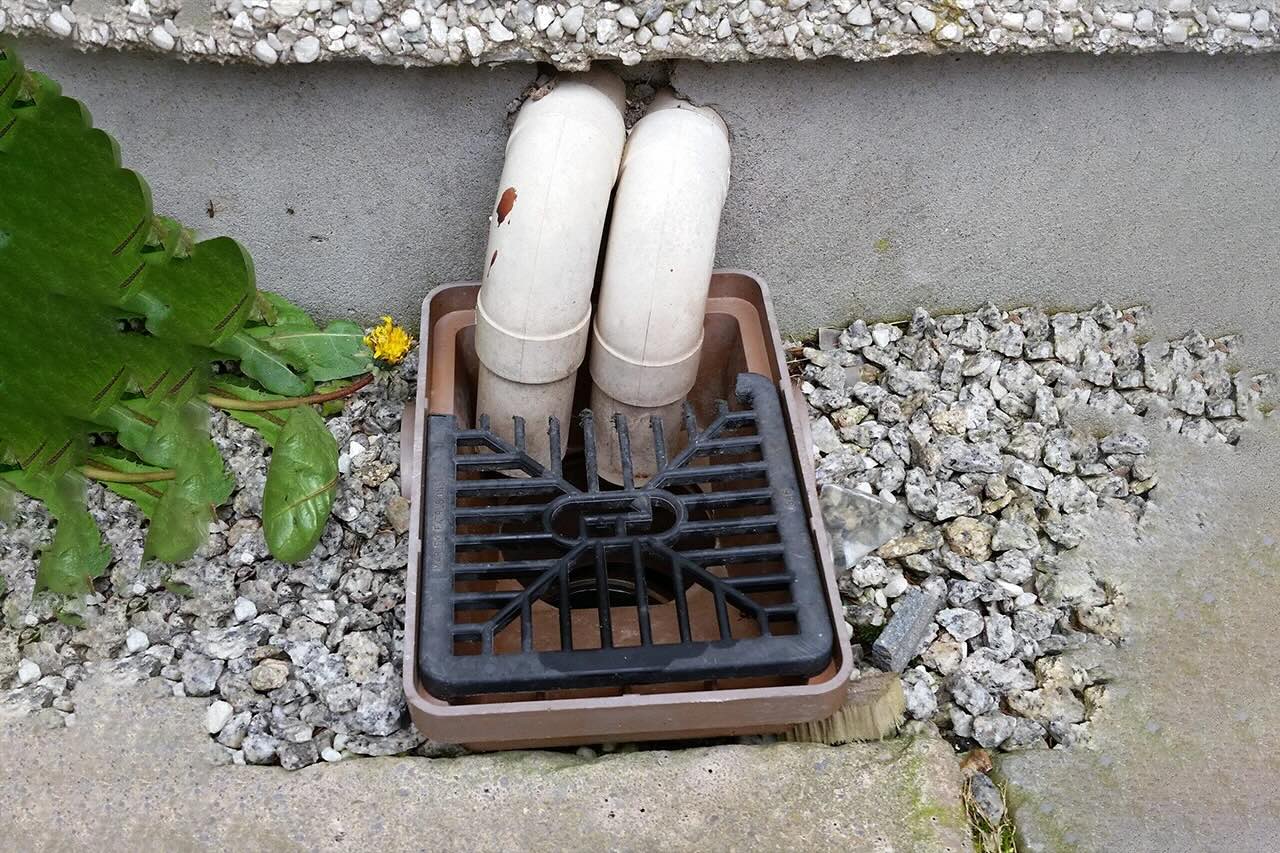
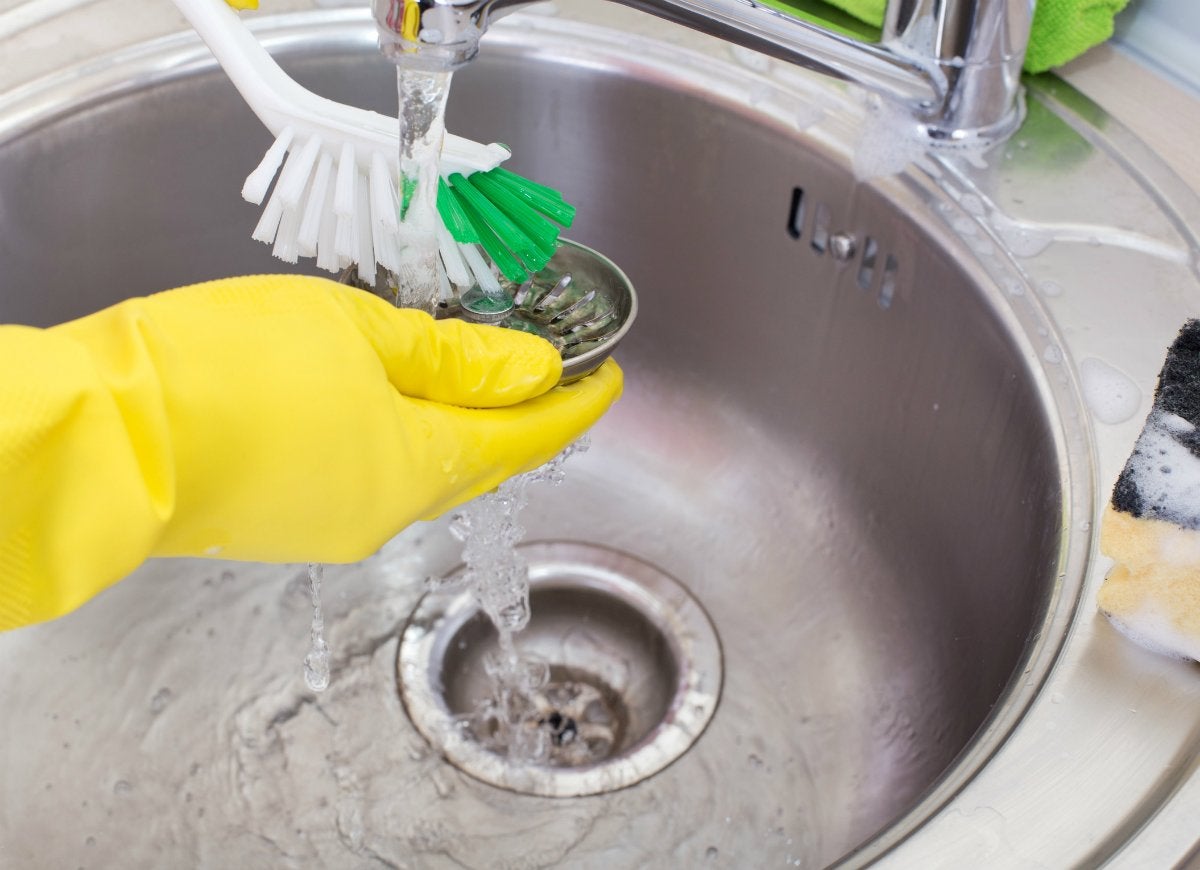
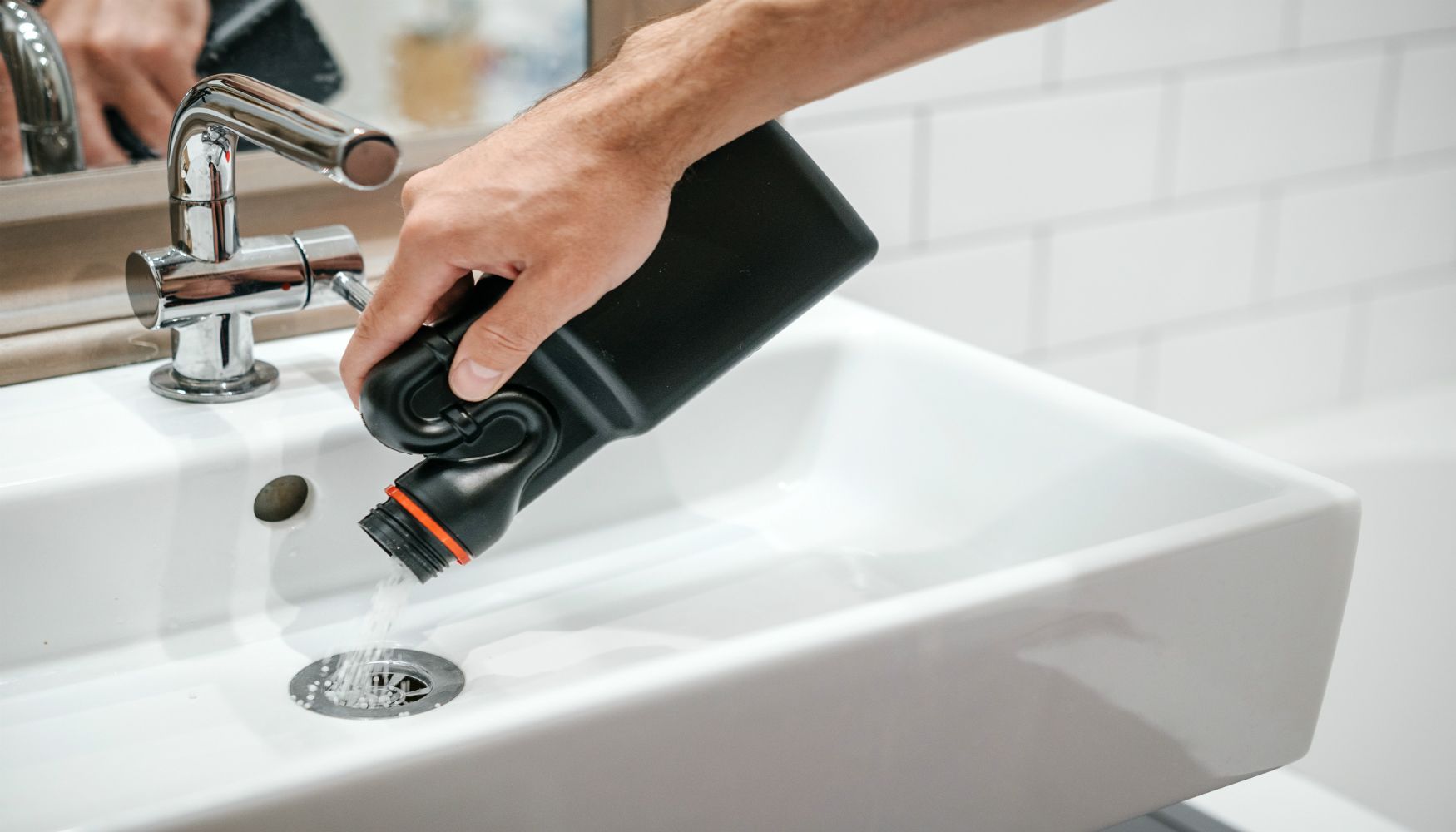

0 thoughts on “How To Clean An Outdoor Drain”